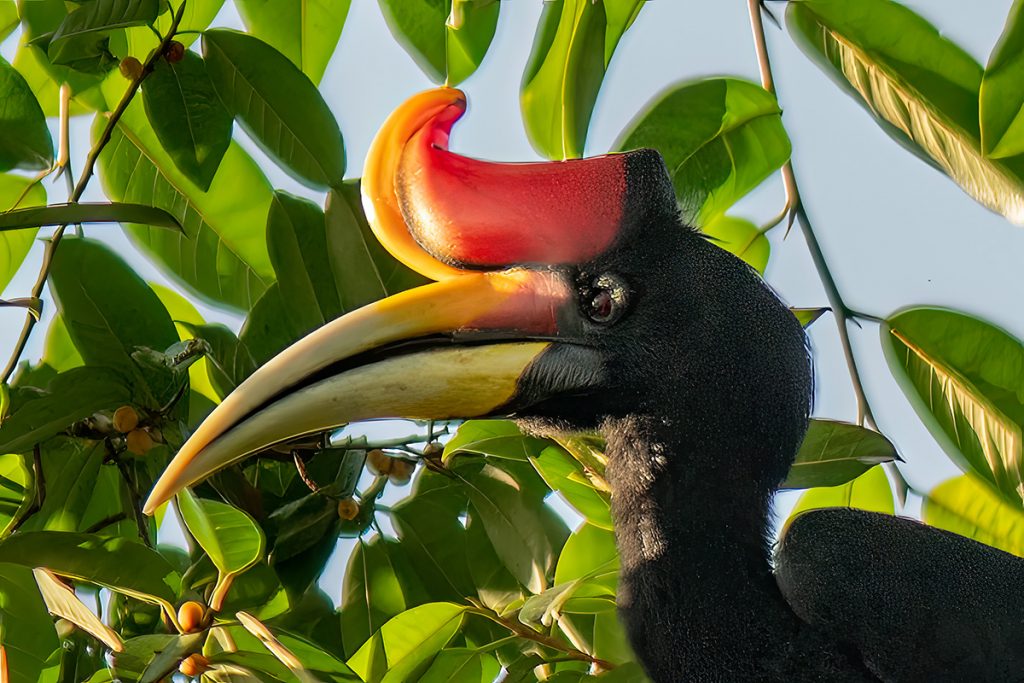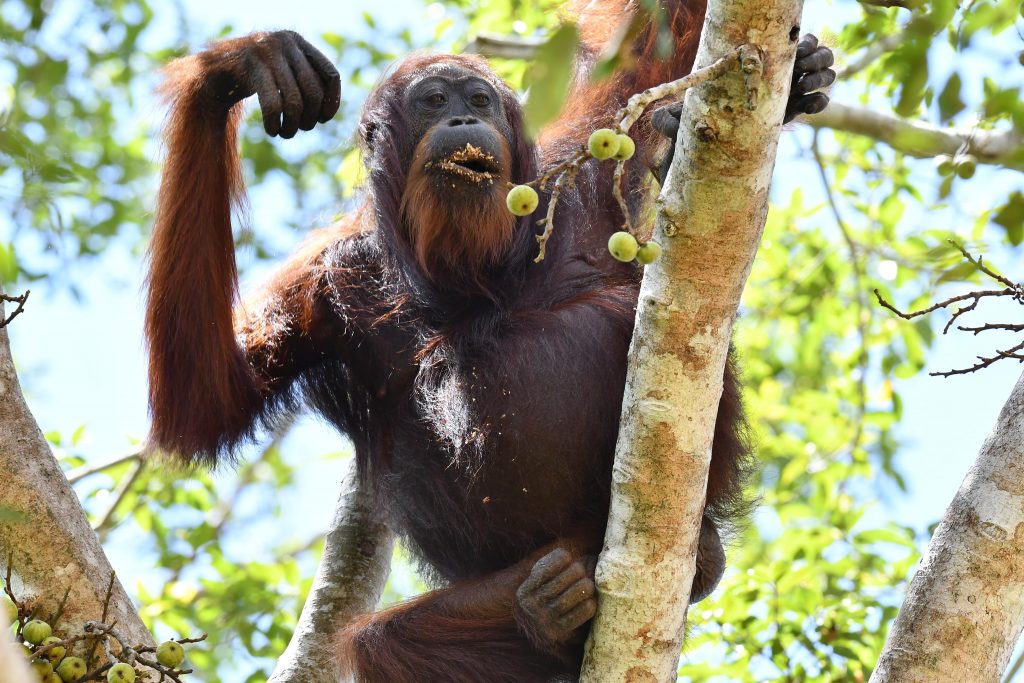5 min read
Collectively identified as figs or fig trees, Ficus comprises over 750 species, encompassing woody trees, shrubs, vines, epiphytes, and hemi-epiphytes that grow in diverse habitats from the beach, lowland, and montane forests. In Borneo, there are over 150 species of Ficus, which makes this island stand out as a hotspot of Ficus diversity, boasting the highest concentration in the world.

Borneo Island's tropical lowland rainforest stands out as one of Earth's most diverse ecosystems.
Within it, the Ficus established itself as a crucial plant species critical to the welfare of the ecosystem
and known as a keystone species.
It's an organism that has a disproportionate influence on its ecosystem, plays a crucial role in maintaining the structure and function of the ecosystem, and just like a vital puzzle piece in this intricate board of organisms, removing it can lead to significant changes in the environment.
Simply put, they provide critical fruit resources during periods of scarcity. The Ficus tree produces fruits asynchronously or not at the same time year-round, including the season when most plants don't bear any fruit. In simple terms, they are a source of sustaining many wildlife when other fruits are not in season.

Many vertebrates depend on them for food and shelter more than other groups of plants. Did you know that in Borneo, up to 42% of bird and 73% of mammal species in the forest are known to feed on figs? It shows that the presence of these plant species is crucial for almost all living organisms in this intricate ecosystem, and it is safe to say that without fig fruits, many of these vertebrate species would be dramatically affected.
With Ficus gracing the landscape year-round, wildlife reaps the benefits. As these trees begin to bear fruits, it's not just a feast celebration for canopy and ground-dwelling creatures; it's also a victory for the trees. The animals play a crucial role in dispersing the seeds far and wide, ensuring these trees' survival in the ecosystem's intricate dance.
And that is why Ficus matters!
"By themselves, the figs could build a forest"
EJH Corner